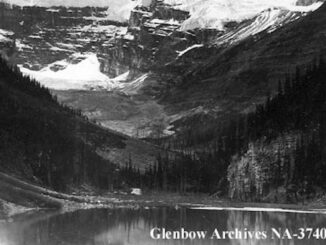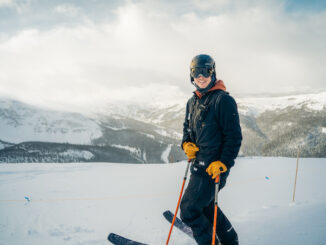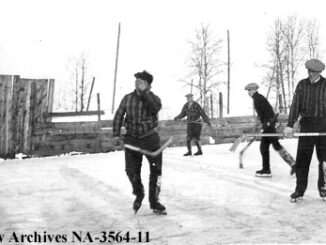The name “Lac La Biche” is actually a French translation from a Cree phrase that means “Lake of the Elk.” The hamlet of Lac La Biche is the second-oldest permanent settlement in Alberta. The Hudson’s Bay Company (HBC) built a post in 1799 after the famous explorer David Thompson became the first European to land on the shores of the namesake lake in 1798. Of course, the Lakeland region was home to Indigenous people for thousands of years prior to Thompson’s arrival.
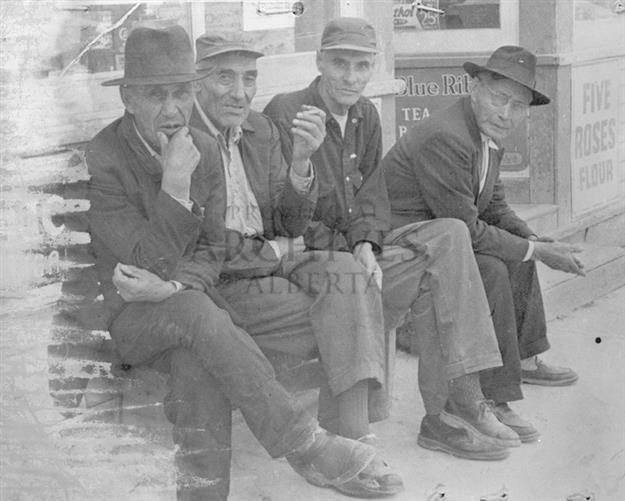
Lac La Biche Lake is one of the largest bodies of water in the province and is surrounded by more than 150 other lakes. There are also plenty of rivers and vast tracts of forest, making it an ideal place for the fur trade to thrive. The region was considered strategically important because it provided access to the Churchill and Mackenzie River drainage basins. The original trading post became a popular stopping point for many expeditions. In 1853, Oblates of Mary Immaculate priests arrived and established the Lac La Biche Mission near the HBC post. Two years later they moved the mission to it’s current site to be closer to the water. The mission is credited with many firsts for Alberta including the first printing press, commercial wheat crops, flour mill, and wood sawmill.
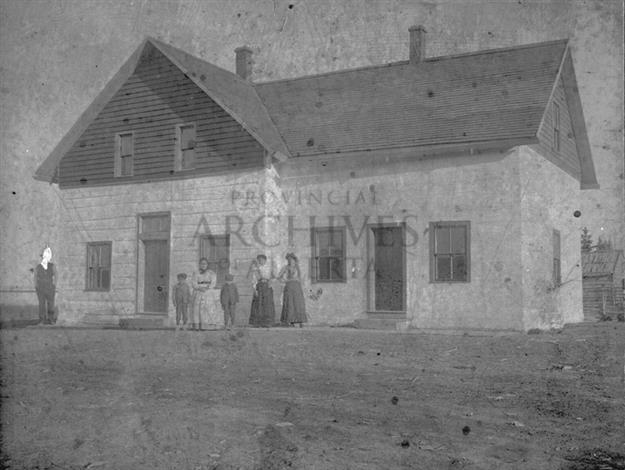
In 1915 the railroad connecting Edmonton and Fort McMurray was completed. This resulted in the area being opened to tourism and Lac La Biche being hailed as “Edmonton’s newest summer resort.” In 2007 the Town of Lac La Biche and Lakeland County amalgamated creating what is now known as Lac La Biche County. I hope you enjoy this collection of historical photos featuring this picturesque region in east central Alberta.
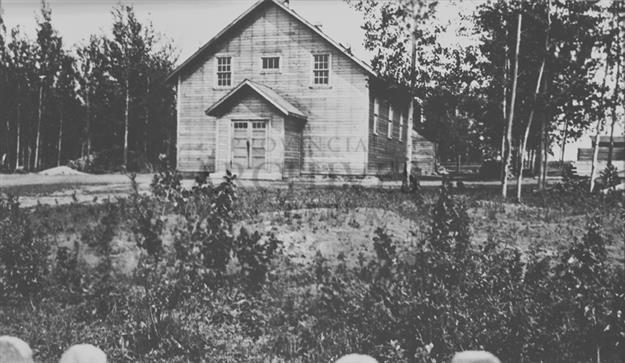
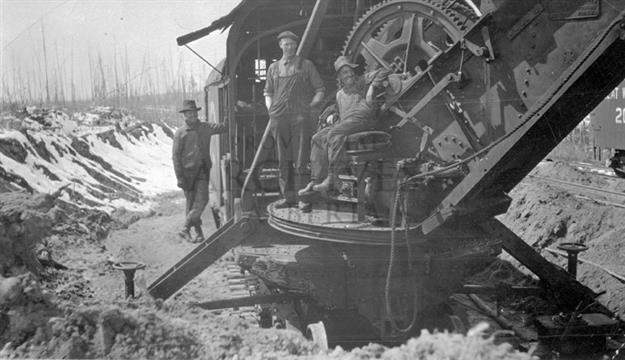
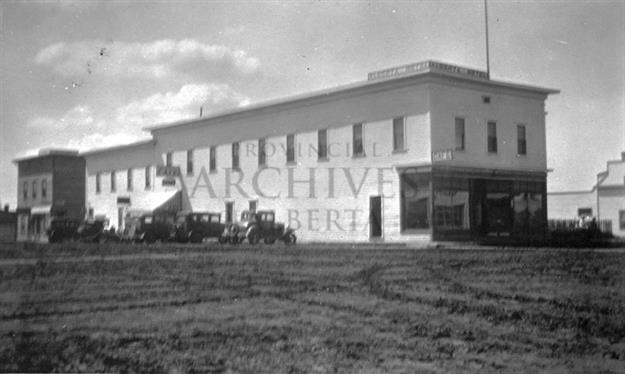
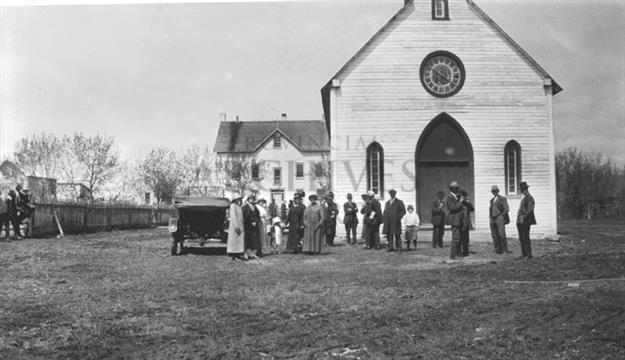
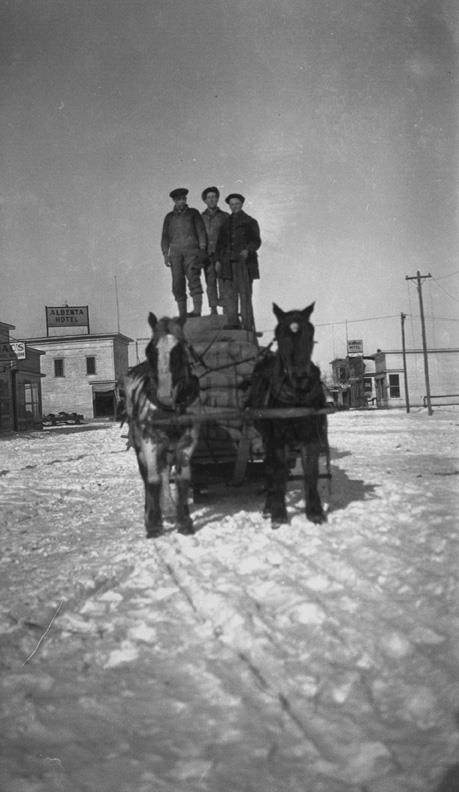
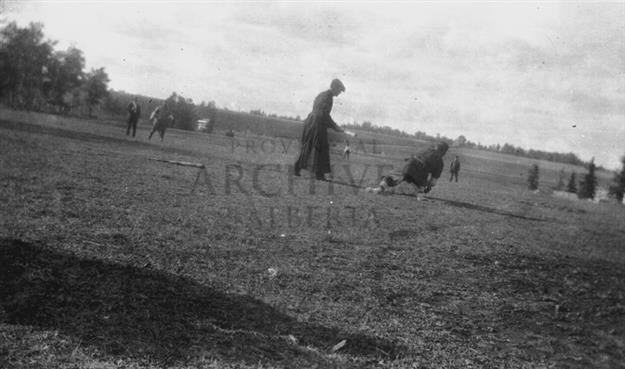
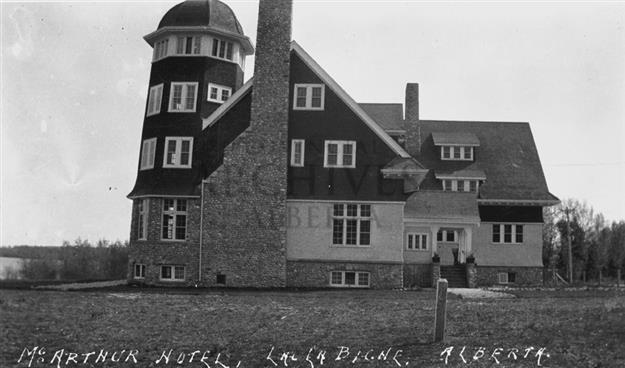
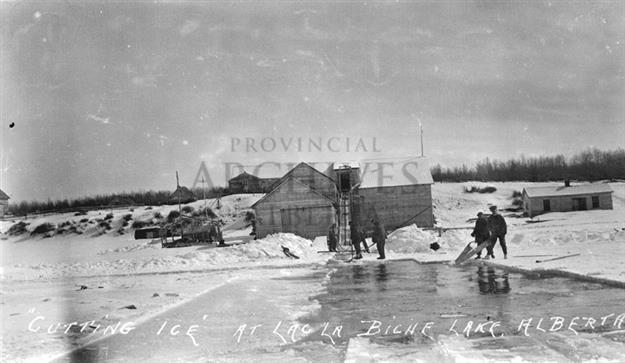
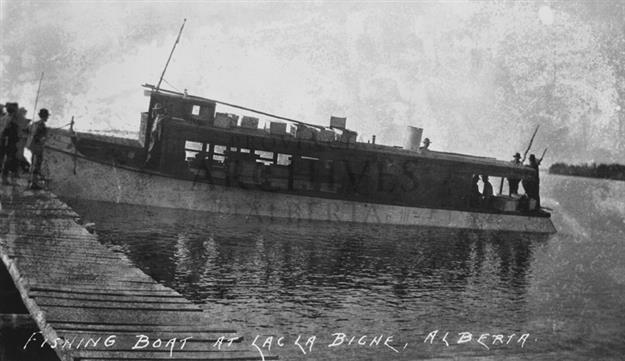
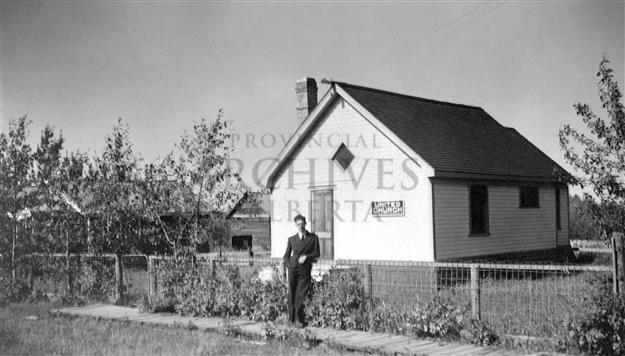
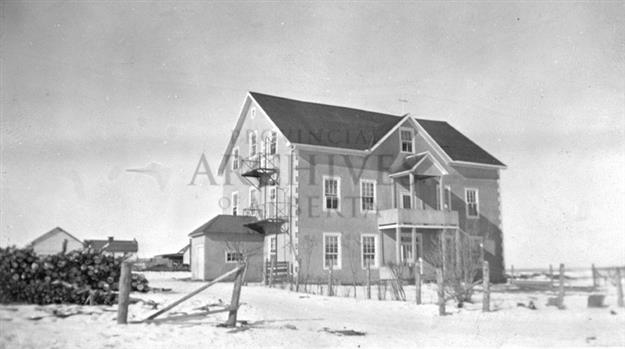
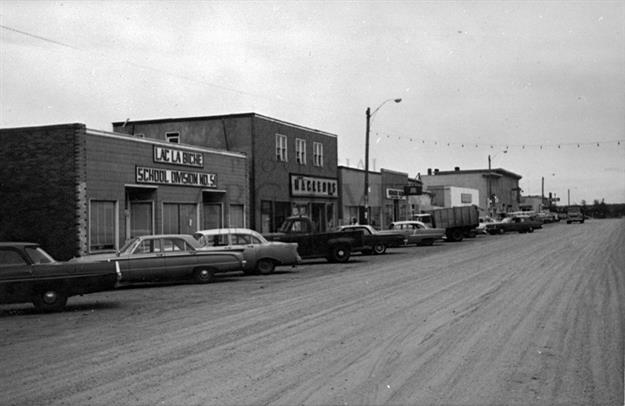
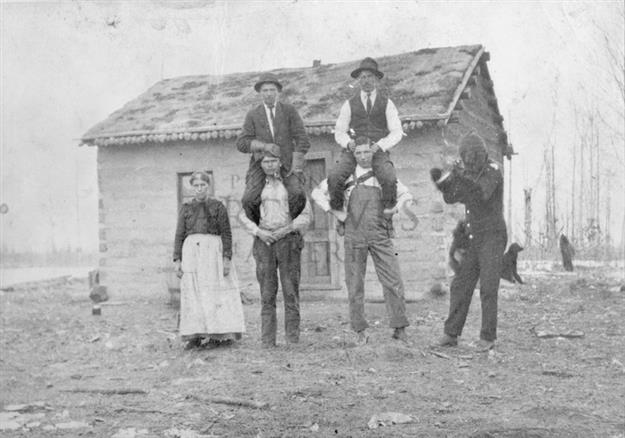
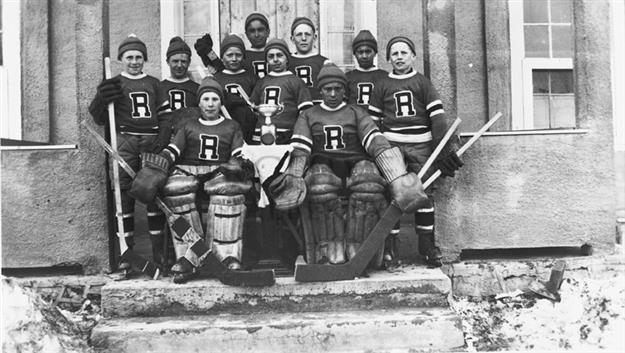
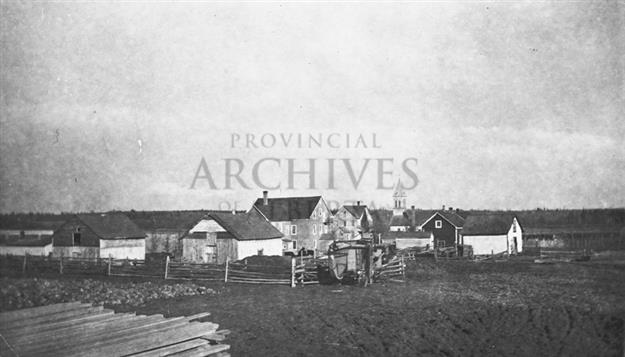
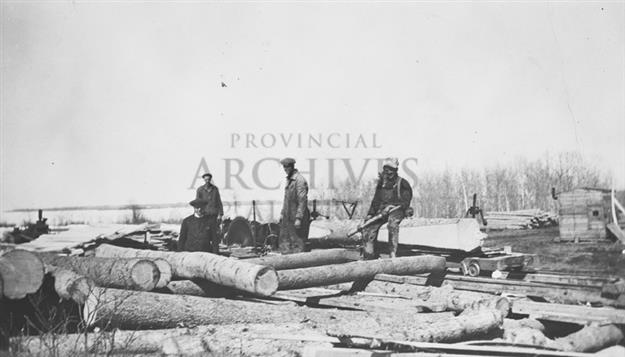
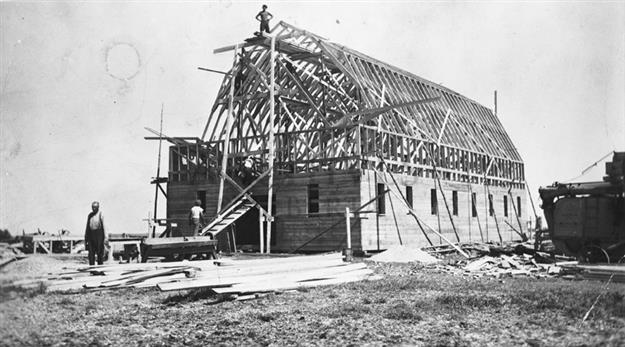
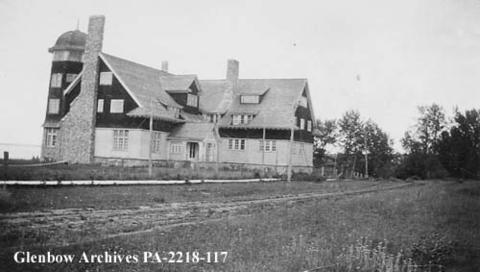
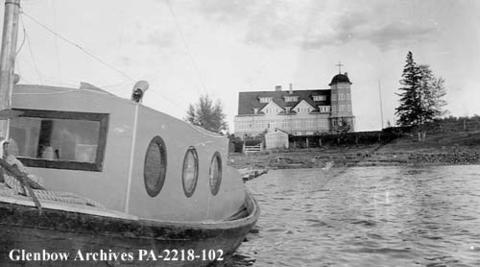
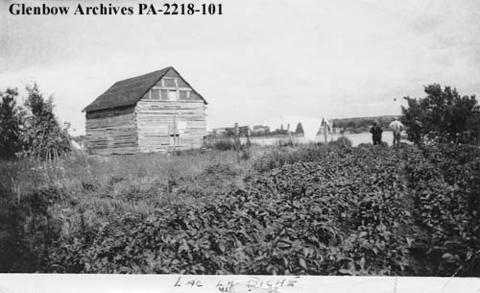
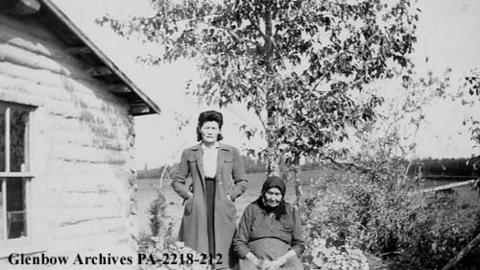
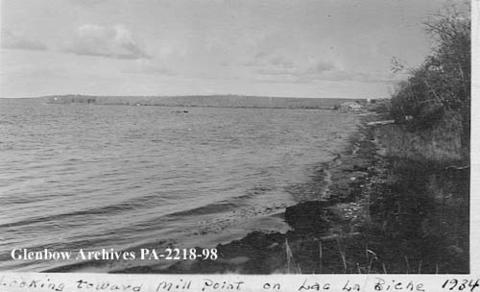
More additional collections of historic photos featuring communities across Alberta, please see these previous posts including, Fort Chipewyan, Exshaw, Fort MacLeod, and Rocky Mountain House.
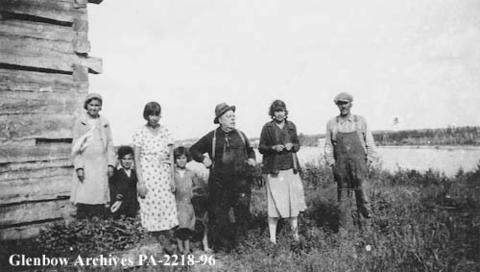
The photos above were collected from Archives Canada and the Provincial Archives of Alberta. If you’re interested, additional information can be found for each photograph on their websites. Stay tuned for additional posts featuring historical photos from across Alberta and Western Canada. We’d love to know what you think in the comment section below.


